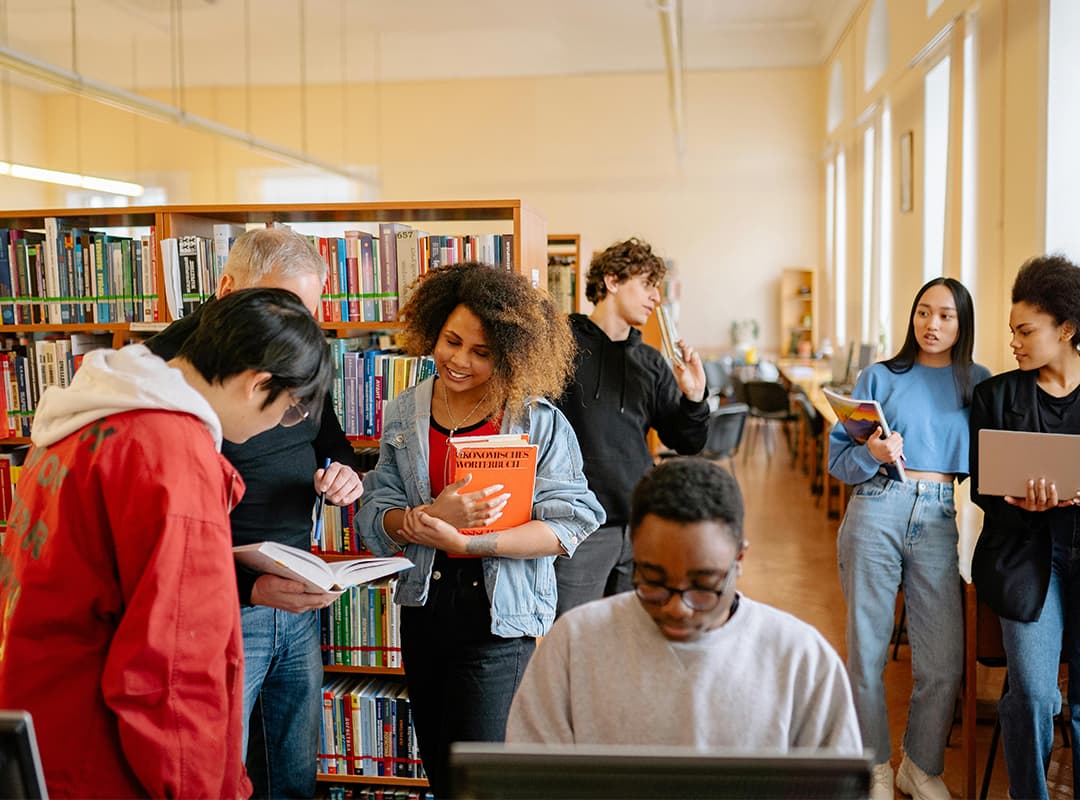On a recent trip to Arizona, the vibrant blooms of desert cacti stood in stark contrast to the arid backdrop—a beautiful testament to resilience and growth. Similarly, a visit to Dr. Jackie Gerstein’s dynamic classroom at Sahuarita Intermediate School proved equally inspiring. Amid headlines of budget cuts, outdated technology, and limited resources in Arizona schools, this classroom thrived as a hub of creativity, collaboration, and constructivist learning.
From the moment we arrived, we were welcomed by two confident 5th-grade students who led us into a space brimming with evidence of student-driven learning. It was a classroom where exploration and innovation were the order of the day, where challenges were met with ingenuity, and where every corner told a story of curiosity and empowerment.
A Classroom Full of Creativity
In Dr. Gerstein’s classroom, students weren’t just passive learners; they were inventors, creators, and problem-solvers. Here’s a snapshot of what we witnessed:
- Interactive Projects: One pair of students was finishing a miniature piano built from craft materials while programming Pico Cricket sound sensors to play a melody they had composed.
- Sustainability in Action: A student demonstrated a solar-powered windmill made from Legos, harnessing Arizona’s abundant sunlight.
- Digital Storytelling: Two boys debated the plot of their digital book on Tikatok, an online book-publishing platform.
- Creative Exploration: Other students used Tux Paint, an open-source drawing program, while some critiqued Web 2.0 tools on Think.com.
- Hands-On Learning: Tables and shelves were filled with storyboards, backdrops, and models made of Legos, clay, and craft materials—all part of a long-term digital storytelling project.
A Student-Centered Environment
The walls of the classroom reflected the depth of student engagement:
- Original Newspapers: One wall showcased student-created newspapers, evidence of their interviewing and storytelling skills.
- Self-Directed Research: Another wall featured colorful 3D representations of five-word research questions guiding independent projects.
- Wordle Art: At the center of the classroom hung a student-created Wordle, encapsulating the spirit of learning and creativity that defined their experience.
The students’ avatars—hand-painted, enlarged versions of their online personas—symbolized their participation in safe, collaborative Web 2.0 environments via the class wiki, Wee Web Wonders.
The Friday Five: Tools for Infinite Thinkers
During our visit, students used a variety of innovative tools to fuel their learning. Here are five standout platforms we saw in action:
- Pico Cricket – A hands-on tool for integrating coding and creativity.
- Tikatok – A platform for young writers to create and publish digital books.
- Tux Paint – An open-source drawing program that encourages artistic expression.
- Think.com – A collaborative space for critically analyzing the potential of Web 2.0 tools.
- Wee Web Wonders Wiki – A curated hub for students to safely explore and use Web 2.0 tools for collaborative learning.
Dr. Gerstein’s classroom exemplifies the transformative potential of student-centered, technology-integrated learning—even in the face of limited resources. Her work demonstrates that creativity and innovation are not bound by budgets but fueled by passion and purpose.
Educators, parents, and students alike can draw inspiration from this model. Imagine the impact if more classrooms adopted these practices, using digital tools and hands-on exploration to empower students to take charge of their learning.
What tools or strategies might you introduce to your classroom or community to nurture infinite thinking? Share your ideas, and let’s continue to inspire the next generation of innovators!
